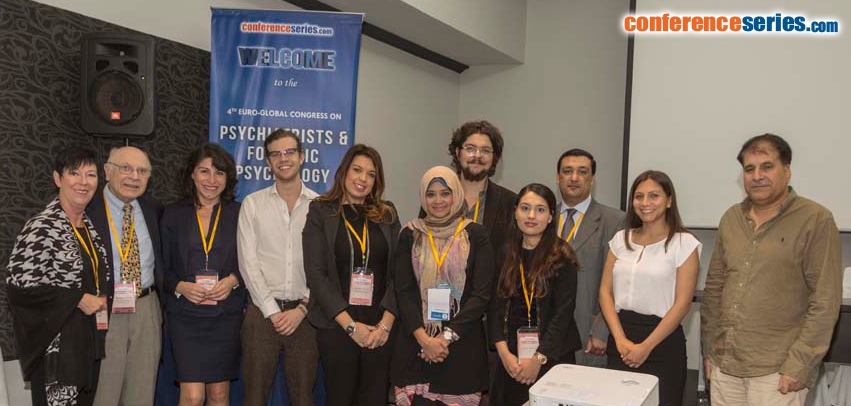
Shikha Banerjee
Colchester Hospital University Foundation Trust,UK
Title: Rapid Tranquillisation Incidents: Trends and Adherence to Guidelines
Biography
Biography: Shikha Banerjee
Abstract
Statement of problem: All Rapid Tranquillisation (RT) incidents require intensive assessment and monitoring of physical and mental state to maintain safe practice. We aimed to evaluate practice at our trust against guidance for management of RT and sought to identify any emerging trends in RT across inpatient areas.
Methodology: We looked at RT incidences across 17 inpatient psychiatric units including Child and Adolescent and Intensive Care units. Data was reviewed retrospectively for all RT incidences between 2013 and 2014. Results were circulated across the trust alongside local policy reflecting the most up to date NICE guidelines. Additionally standards are in place to provide appropriate training to staff in managing incidents of aggression. Re-audit was performed of RT incidences between 2014 and 2015 assessing for any changes in practice.
Findings: In cycle one there were 178 reported incidents of RT, compared with 269 in the re-audit. In cycle one ECG had been recorded in 2.6% of total cases compared to 14.5% in re-audit (56.5% excluding unknowns). Where data was available patients had oxygen saturation (60% vs 75%), level of consciousness (90% vs 92%) and side effects (68% vs 78%) documented more frequently in the second audit cycle. In both cycles we found that there were higher incidences of RT on psychiatric intensive care units and that a small number of individuals across all wards have been administered RT on multiple occasions. Another trend identified in both cycles was that the overwhelming majority of inpatients under 18 years old receiving RT were females.
Conclusion:
Overall there were improvements in reporting and monitoring RT incidences showing that clear local guidelines and training can improve practice. One consideration for future practice is to further simply policy and documentation to improve compliance and safety in RT.



